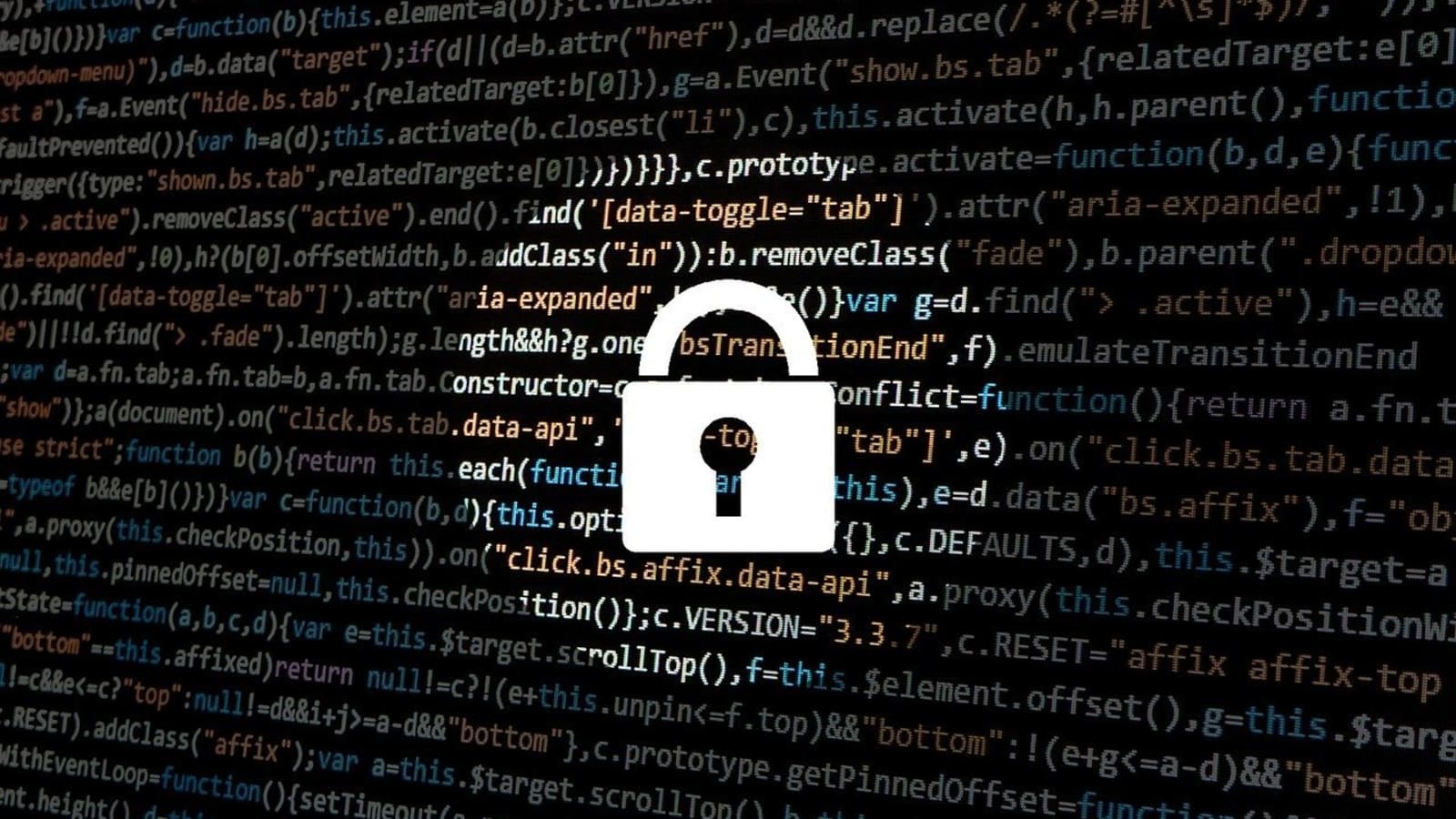Leveraging Cheap Code Signing Certificates to Bolster Security
In today’s digital landscape, where software plays an integral role in our daily lives, ensuring the integrity and security of software supply chains is paramount. Game-changing technologies and innovations have revolutionized the way we develop, distribute, and update software. However, these advancements also open the door to potential vulnerabilities. This is where code signing certificates come into play.
Game development companies, alongside other software creators, understand the importance of securing their software supply chains. In this comprehensive exploration of code signing certificate best practices, we will delve deep into the intricacies of code signing, while also highlighting the value of using a cheap code signing certificate for cost-effective security. By the end, you’ll gain insights into how the best code signing certificate can safeguard your software and your users.
The Foundation of Code Signing
At its core, code signing is a cryptographic process that attaches a digital signature to software, affirming its authenticity and integrity. When users download or install software, their devices check the digital signature to verify that the code has not been tampered with during transit. This process instills confidence in users and ensures that they are using legitimate, unaltered software.
While code signing is crucial, game development companies, especially smaller ones, often seek cost-effective solutions. This is where cheap code signing certificates come into play. These certificates offer the same level of security and trust as their more expensive counterparts, making them an attractive option for software creators on a budget.
Code Signing Best Practices
Choose a Reputable Certificate Authority (CA): The first step in securing your software supply chain is selecting a trusted CA. Research and choose a CA that aligns with your budget and security requirements. Look for CAs that offer cheap code signing certificates without compromising on security.
Keep Private Keys Secure: Your private key is the linchpin of your code signing certificate. Protect it at all costs. Use hardware security modules (HSMs) or secure environments to store and manage your private keys securely.
Timestamping: Incorporate timestamping into your code signing process. Timestamps ensure that your digital signature remains valid even after your certificate expires, providing long-term assurance for your users.
Regularly Renew Certificates: Code signing certificates have expiration dates. Plan ahead and renew them before they expire to avoid disruptions in your software supply chain.
Implement Code Review and Signing Policies: Establish clear procedures for code review and signing within your development team. Define who can sign code and under what circumstances. This helps maintain accountability and ensures that only authorized code is signed.
Automate Code Signing: Consider automating your code signing process to reduce the risk of human error. Automation also speeds up the release process, ensuring that signed code is readily available to users.
The Best Code Signing Certificate: Balancing Security and Cost
In the realm of code signing certificates, the term “best” is subjective and depends on your specific needs. While cost is a significant factor, it should not be the sole criterion for choosing a code signing certificate. The best code signing certificate strikes a balance between security, trustworthiness, and affordability.
Look for certificates from reputable CAs that offer cost-effective options without compromising on security features. These certificates should provide strong encryption, timestamping, and compatibility with major platforms and browsers. Additionally, they should come with reliable customer support to assist you with any issues that may arise.
Certainly, let’s further explore the best practices and considerations for securing software supply chains through code signing certificates:
Regularly Monitor and Update: Security threats and vulnerabilities are constantly evolving. Stay vigilant by monitoring security news and updates related to your code signing certificate and the software you distribute. Be prepared to update your certificate or security measures as needed to address emerging threats.
Multi-Factor Authentication (MFA): Implement MFA for accessing and managing code signing certificates. This adds an extra layer of security by requiring multiple forms of verification before granting access to sensitive keys and certificates.
Certificate Revocation: In the event that a private key is compromised or if your code signing certificate becomes invalid for any reason, ensure you have a process in place to promptly revoke the certificate. This prevents malicious actors from exploiting a compromised certificate.
Audit Trails: Keep detailed records of all code signing activities, including who signed code, when it was signed, and for what purpose. These audit trails can be invaluable in the event of a security incident or for compliance purposes.
Code signing is a crucial security practice that involves digitally signing software or code to verify its authenticity and integrity. By signing code, you can ensure that users can trust the software they’re installing or running. Here are some best practices for code signing:
Use a Trusted Certificate Authority (CA): Obtain your code signing certificate from a reputable and widely recognized Certificate Authority (CA). Avoid self-signed certificates, as they don’t provide the same level of trust.
Protect Your Private Key: Your code signing certificate’s private key should be stored securely and never shared. Use hardware security modules (HSMs) or secure key storage solutions to safeguard the key.
Keep Certificates Up to Date: Code signing certificates have expiration dates. Ensure that you renew your certificate before it expires to avoid disruption in code signing.
Implement a Signing Workflow: Establish a clear and documented code signing workflow within your organization. Define who has access to the private keys and when code should be signed.
Timestamping: Include a timestamp when signing code. Timestamps ensure that the signature remains valid even after the certificate expires. Timestamps are essential for long-term validity.
Strong Passwords and Multi-Factor Authentication: Protect access to your code signing infrastructure with strong passwords and consider implementing multi-factor authentication (MFA) for added security.
Code Review: Before signing code, conduct thorough code reviews and security audits to identify vulnerabilities. Code signing alone cannot make insecure code safe.
Sign All Executables and Libraries: Sign all executable files and libraries, including drivers, installers, and updates. Don’t leave any code unsigned.
Use Properly Configured Build Environments: Ensure that your build environments are secure and up-to-date. Compromise at the build stage can undermine code signing efforts.
Limit Access: Restrict access to code signing systems to only authorized personnel. Implement role-based access controls to manage who can sign code.
Regularly Rotate Keys: Consider periodically rotating your code signing keys. This helps mitigate risks associated with compromised keys.
Revocation and Renewal: Have a process in place for certificate revocation in case of a breach or key compromise. Also, ensure a smooth renewal process for certificates.
Document Everything: Maintain detailed records of all code signing activities, including who signed what code and when. This documentation is essential for auditing and troubleshooting.
Secure Distribution: Ensure that the signed code is securely distributed to end-users. Encrypt and protect the code during transmission and storage.
Monitor for Anomalies: Implement continuous monitoring and intrusion detection to detect any unauthorized access or suspicious activity related to your code signing infrastructure.
Stay Informed: Keep up-to-date with the latest security threats and vulnerabilities related to code signing practices. Adapt your procedures accordingly.
Educate Your Team: Ensure that your development and operations teams are aware of code signing best practices and understand their importance.
Regularly Test Your Processes: Conduct penetration testing and security assessments on your code signing infrastructure to identify vulnerabilities and weaknesses.
Conclusion: Safeguarding the Digital Realm
In the ever-evolving world of software development, securing software supply chains is not a luxury but a necessity. Game development companies, as well as other software creators, must prioritize code signing as a means to ensure the authenticity and integrity of their products.
While the use of code signing certificates can be a practical choice, the best code signing certificate for your organization is one that combines cost-effectiveness with robust security measures. By implementing code signing best practices and selecting the right certificate, you can safeguard your software and protect your users from potential threats, thereby contributing to a safer digital ecosystem for all.





